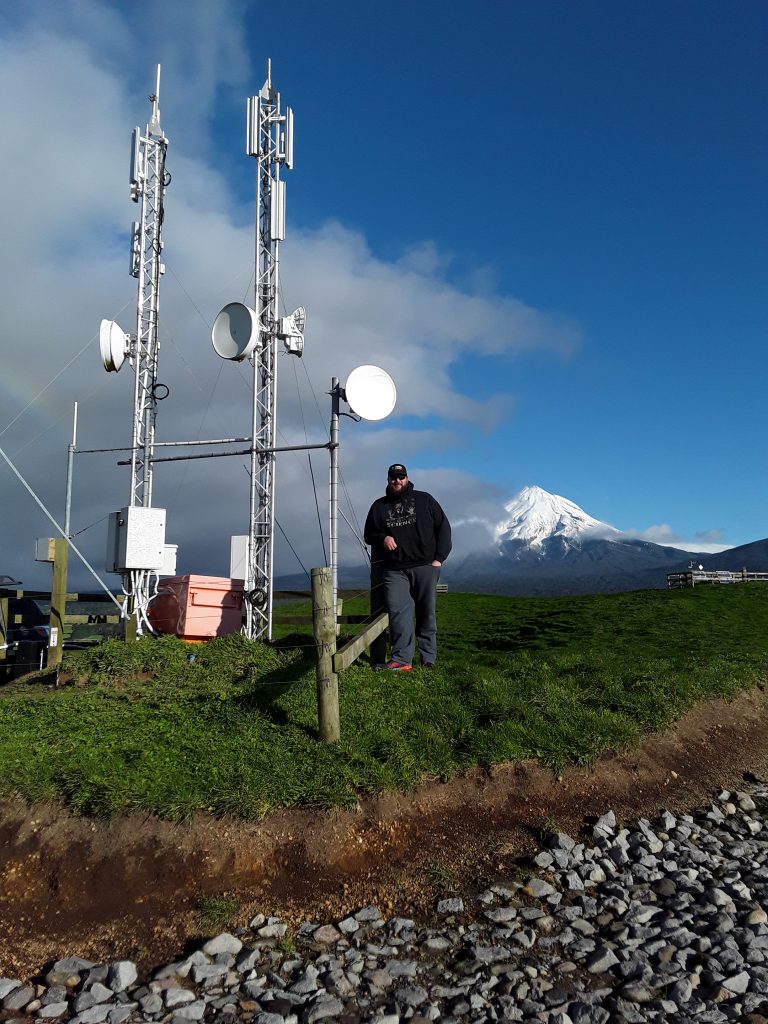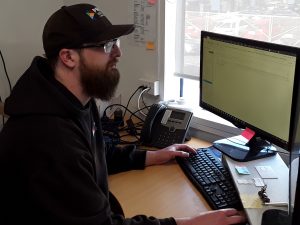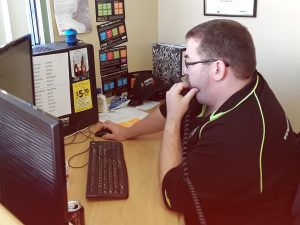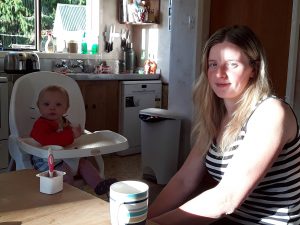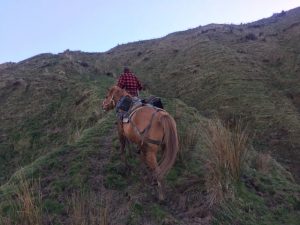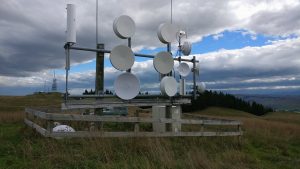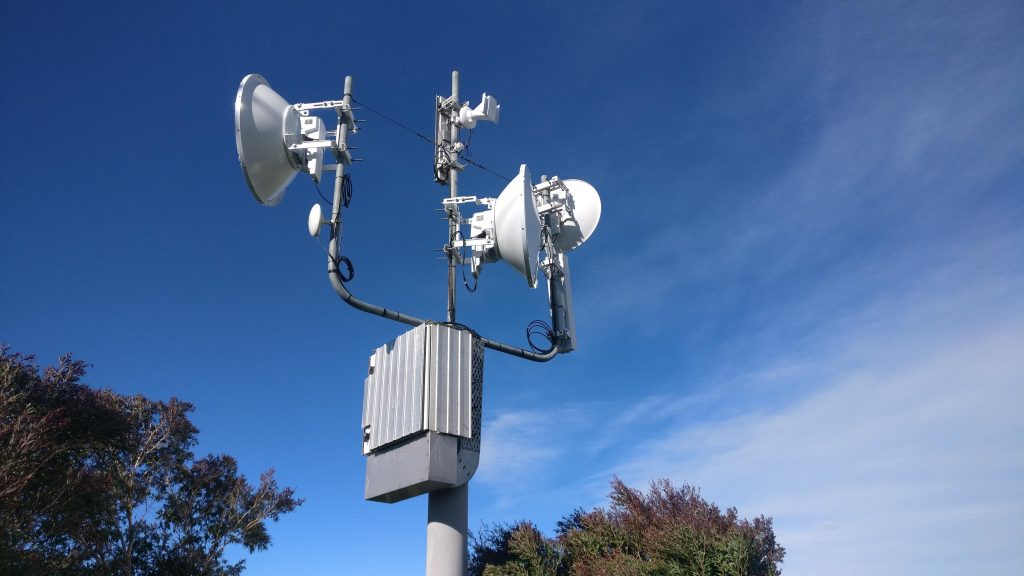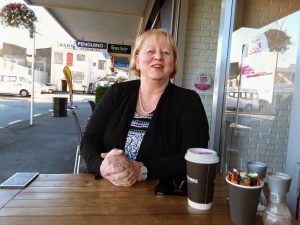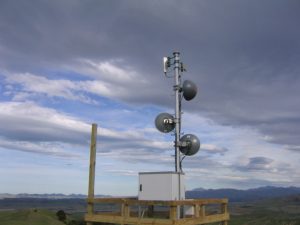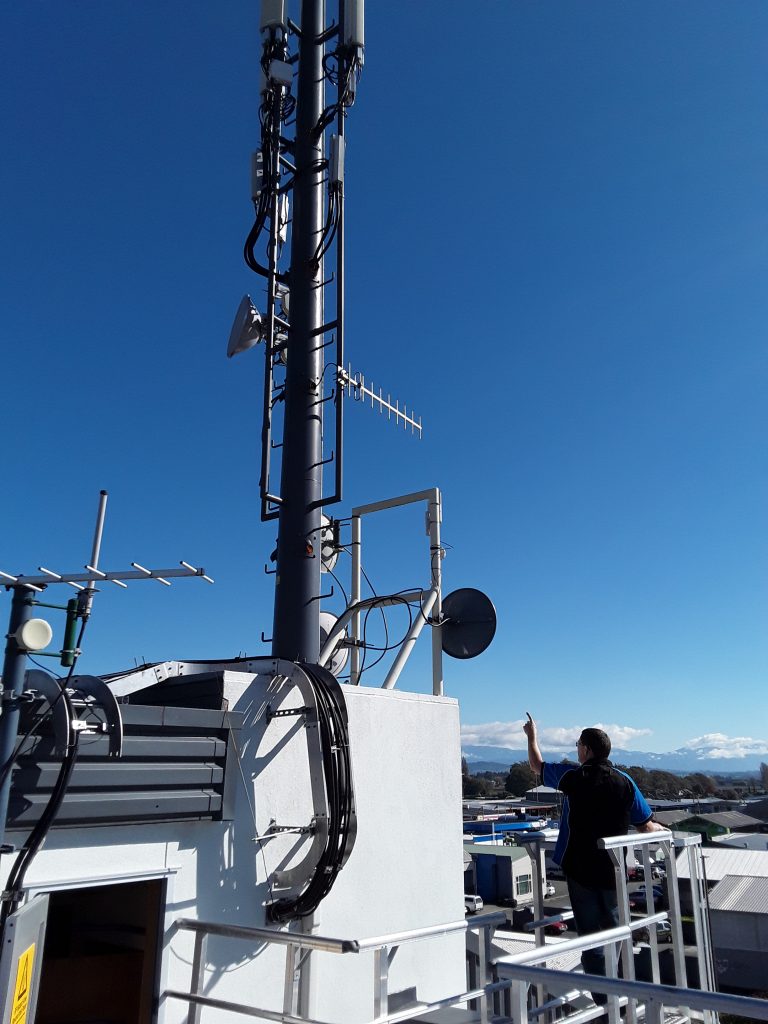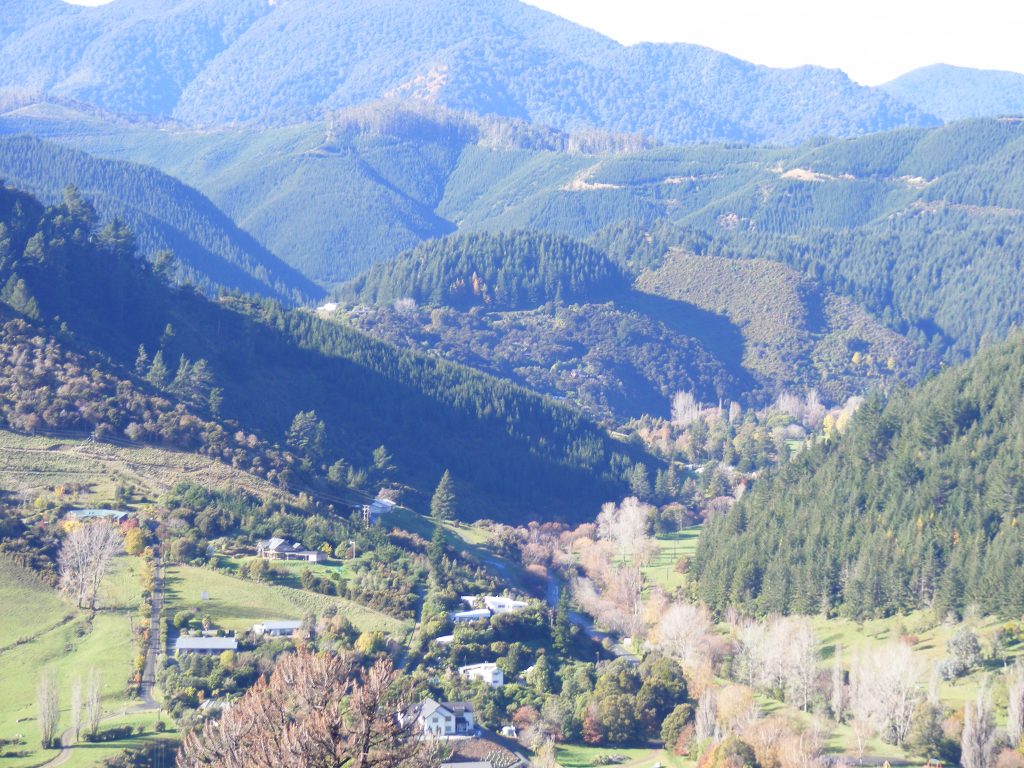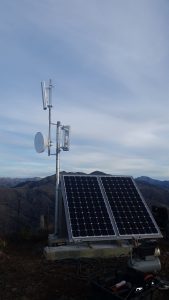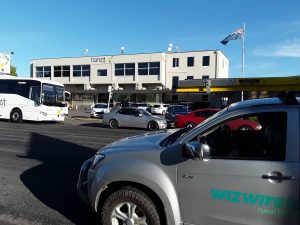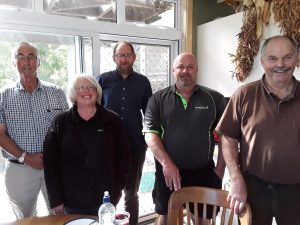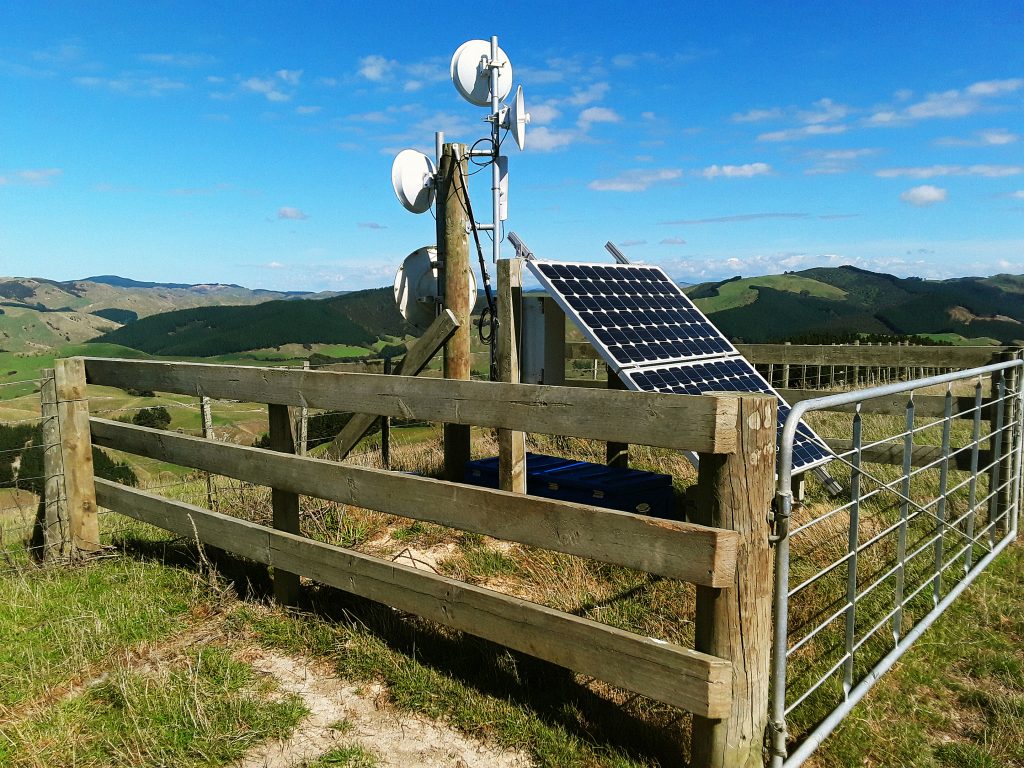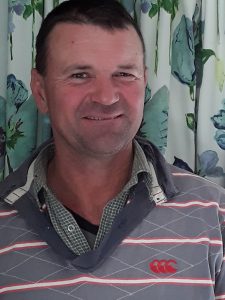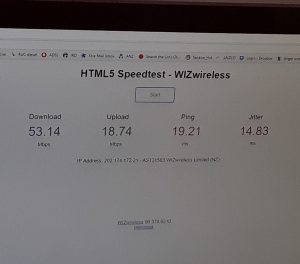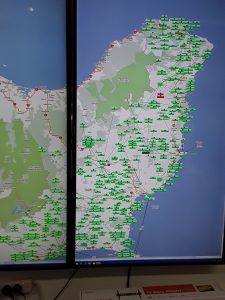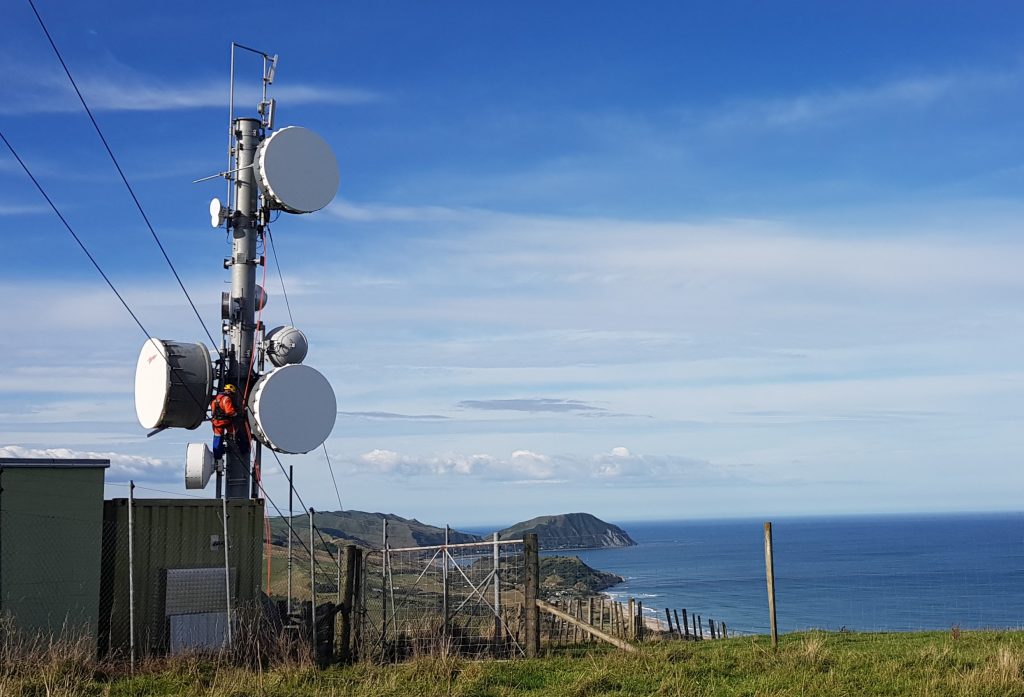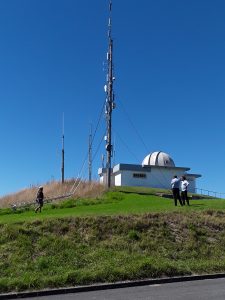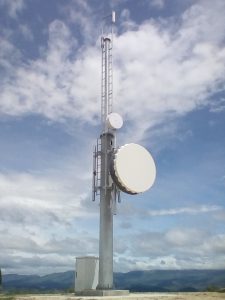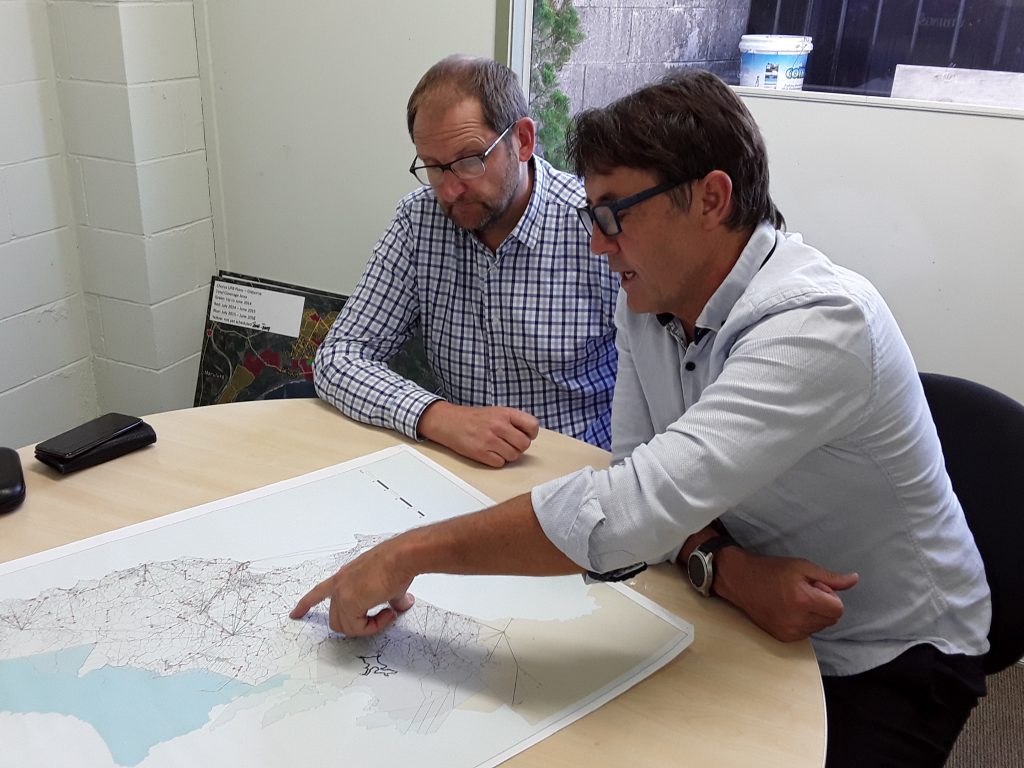NetSpeed – a WISP Profile by Ernie Newman

No disrespect – but sartorial elegance is not usually a defining characteristic of the rugged rural blokes who typify the WISP community. But then, Stan and Heather Rivett aren’t your typical WISP stereotypes.
Stan (founder), wife Heather (recently recruited director) and dog Trixie greet me in their offices in Ocean View on the Otago Coast looking like city business people. No sign of the High-Viz and steel capped boots favoured by most WISP owners. Nor the standard 4WD – just a sedan, albeit a high performance one as Stan is a serious petrolhead. It’s a Friday and I’m on holiday so I feel a bit underdressed.
But I soon discover one crucial difference between Netspeed and the more conventional WISPs. Netspeed is a franchise operation. The Rivetts and their team run the office and customer service centre, the field work is done by the franchisees.
Stan started Netspeed in 2003 – “I was bullied into it by friends,” says Stan. In those days he was running a retail car stereo business in Dunedin, importing the equipment and selling it on TradeMe. So he advertised and quickly sold three franchises, in Christchurch, Wanaka and Oamaru. “It was a good proposition,” he says – “we signed our three franchise holders before servicing a single customer.”
The customers came thick and fast. It’s a familiar story – serious regional businesses trying desperately to get by on ADSL, Jetstream and dial-up. So a 10Mbps offering over wireless was a great attraction.
The early services were over a frame relay, and two years in Stan still had dial-up in his own office. But then a migration to WISP Wireless sent the business down a more conventional track. With a serious competitive advantage for rural customers.
The franchise arrangement works very well according to Stan. “We have local people to run the business in their local area while we provide the customer service, help desk, operations, technical support, accounting and marketing. We’ve built our own cloud-based accounting system.”
Heather joined the business as co-Director three years ago, following a corporate career. “I enjoy our customers and sales. I also work with Tania on the accounts and marketing as well as pulling the systems into shape.”


The Rivetts have an enthusiastic office team around them. Matt is the longest serving – he is Support Team Leader doubling as chief Coder and sometime hacker. Nick, who does marketing and promotions, has been there 2 years. Elliott, in charge of support calls and sales, is more recent. Among them all they handle functions as diverse as graphic design, social media, and technical support for all the franchises. It’s a tight, energised workplace.
Irene Walton is an enthusiastic customer of Netspeed. I visit her in the Karitane home she has just moved to and is renovating. Karitane is her 4th Netspeed connection having earlier connected to them while living and working in Wanaka, Hawea Flat, and Owaka where she and her husband owned a restaurant.
“Their service was absolutely 100% in all four locations,” Irene told me.
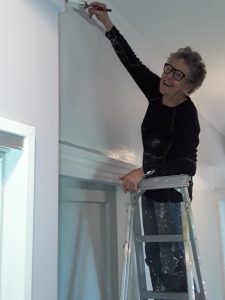
“They’re exceptionally helpful – whenever there’s been an issue they’re right onto it – even if its something like a PC issue that’s nothing to do with them. They talk me through it. They’re patient and never pass the buck.”
“When we arrived here in Karitane we needed a new chip. Nick arrived with it on a Sunday afternoon – he’d gone out for a Sunday drive and brought it. By comparison with Xtra in the early days, we could never even get hold of them.”
The Canterbury Dimension
It’s a major hike to the Rakaia Gorge in inland Canterbury but next morning I turn up to meet Netspeed Canterbury franchisee David Gabites at the quaintly named Windwhistle Garage. His network runs 125km from Christchurch to Lake Coleridge and provides connectivity to most of the farms in the Rakaia Valley, and more recently to Upper Glenthorne. At the extreme its 190km from Christchurch across 12 radio hops. Customers include a dozen high country stations with about 35 users including farm workers – in some cases the workers’ cottages are part of the main farm account and in others they are billed separately. There’s no cellular coverage in most of these areas.

“This place is called Windwhistle for a reason,” David tells me. Not the case on this sunny spring day, but David should know – his father was an accountant in Ashburton and had many clients in the high country including the famous Erewhon Station. The high winds have a major effect on the design of Netspeed’s sites which are engineered to withstand quite exceptional gusts.
“I was a retailer in an earlier life,” he tells me. “One day Telecom sent me a letter out of the blue apologising for the quality of my Internet in suburban Christchurch and saying there was nothing they could do about it – I hadn’t complained so I don’t know why they wrote. But it caused me to contact Stan Rivett to see what could be done and suddenly I found myself with a franchise.
“Then came the quakes and the GFC – but we got through all that and moved ahead.”
The franchisor/franchisee relationship seems clear and workable. Stan is responsible for monthly invoicing, marketing, the service centre, and the main Christchurch transmission site. David does installation including billing for installs, building and maintaining sites, monitoring, trouble shooting, and the 0800 service calls.
We arrive we up in the hills at Netspeed’s Coleridge site. Coleridge Village is visible just below the ridge. The site services a diversity of customers – big stations, smaller farms, the Mount Olympus ski field, and a hunting lodge. The view is stunning. “On a fine day,” David concedes, “its tempting to come up here and fix something that really doesn’t need fixing.” It sure beats his earlier life as a furniture marketer and salesman, allowing him to exploit his fascination with our high-country farms.
Netspeed is part of a crowded space for Canterbury WISPs with Ultimate and Amuri. But they’re friendly competitors who don’t tend to overbuild each other on the same sites, he says. There’s plenty of scope for all. And although the foundation of the business is rural, Netspeed has a significant number of customers in suburban Christchurch who choose its wireless option because of superior customer service.
On the way back to Windwhistle we stop at a cattle yard to meet happy customer William Innes. William’s been with Netspeed for 9 years. “The previous satellite service was awful and bloody slow,” he says. “Also very expensive with lots of maintenance issues.
“We’re really happy with Netspeed – you get the odd service glitch such as during the Port Hills fire, but they’re quick to fix these. And its great that my young kids (8, 7 and 5) can do their homework on line the same as the city students. The schools more and more just assume that all students have home Internet and fast speeds.”

“Everything on the farm is now done on line – environmental reporting, fertiliser, farm management data, and the whole works. And the Internet makes it far easier to recruit farm workers.”
Driving back to Windwhistle I feel a long way from Stan and Heather in their Ocean View office. But this team effort with franchisor and franchisee seems to work brilliantly with everyone playing to their strengths and relishing their work. Most important, the high-country residents are very satisfied and happy.
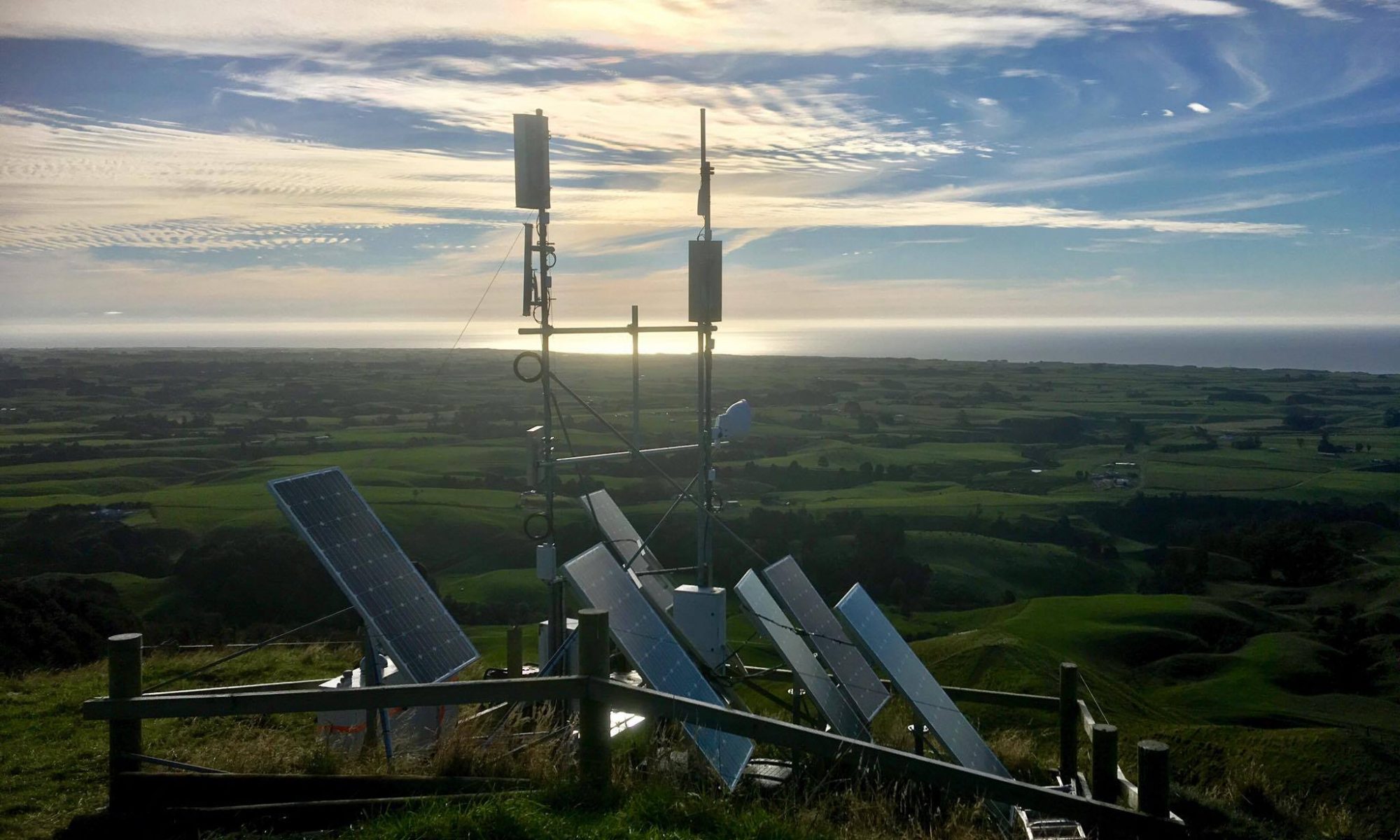
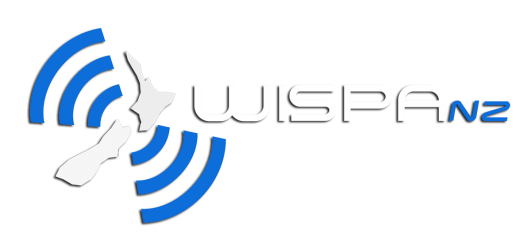
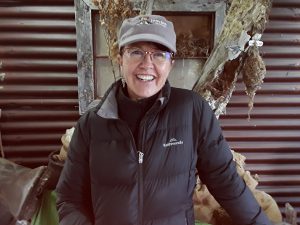
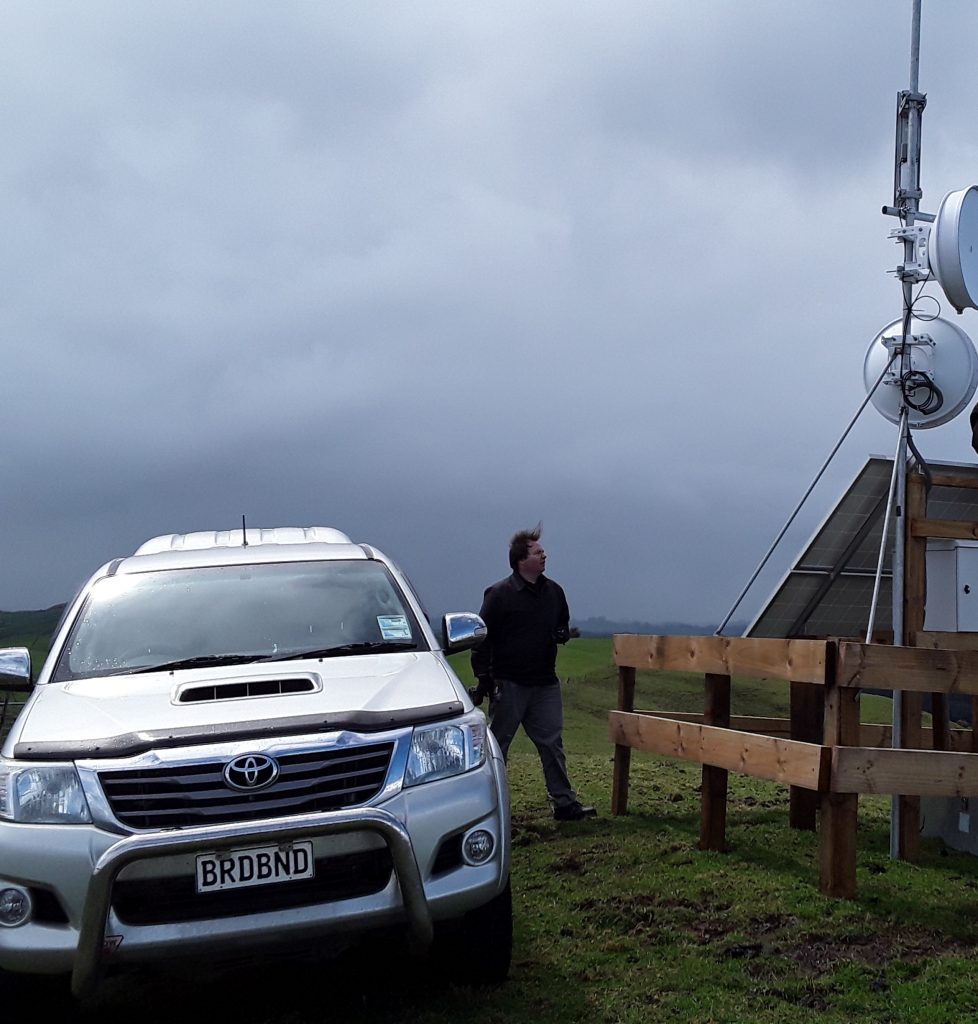
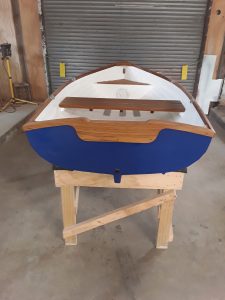

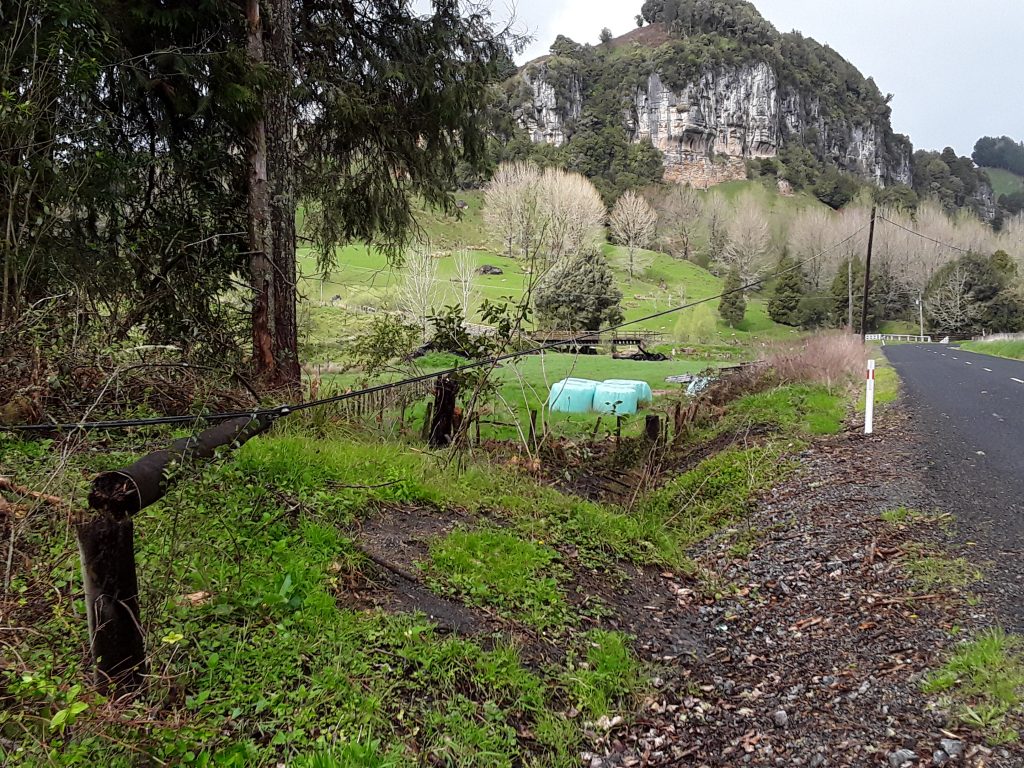
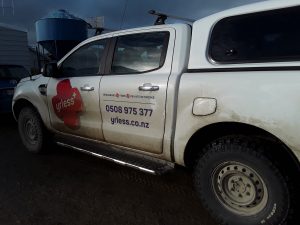 When you ask a business to introduce you to a happy customer to interview, you don’t usually get sent straight to the Mayor. But Gore-based WISP Yrless had me around to the Gore Council chambers, no less, within 5 minutes of reaching town and before I could even rustle up a flat white.
When you ask a business to introduce you to a happy customer to interview, you don’t usually get sent straight to the Mayor. But Gore-based WISP Yrless had me around to the Gore Council chambers, no less, within 5 minutes of reaching town and before I could even rustle up a flat white.
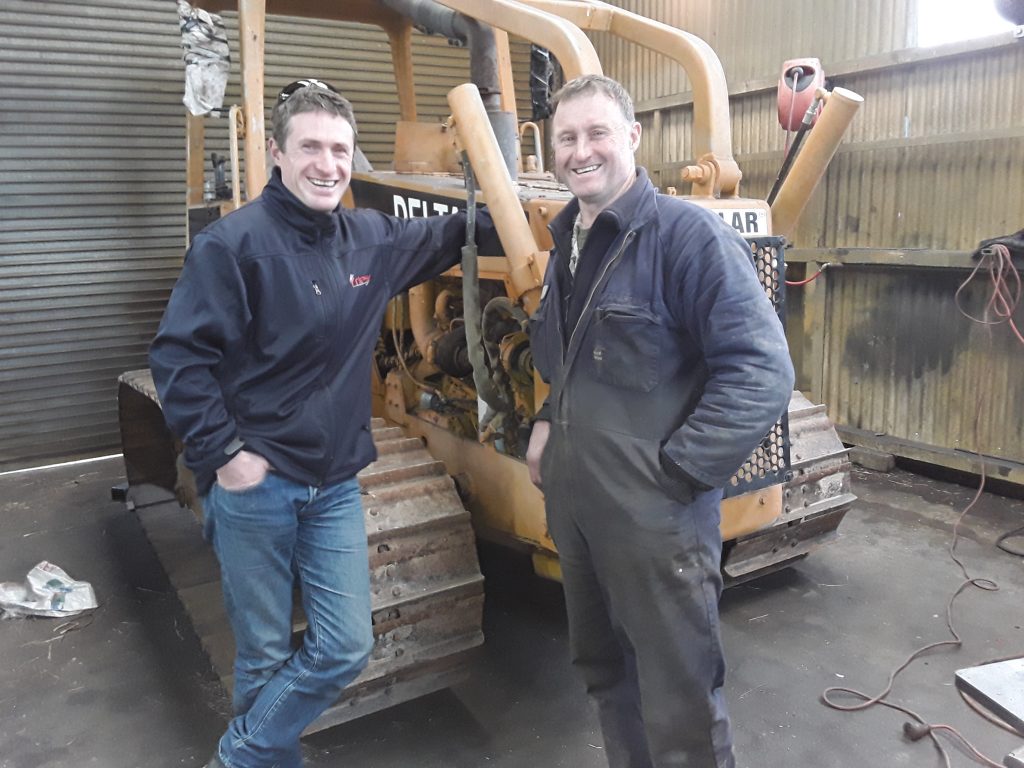
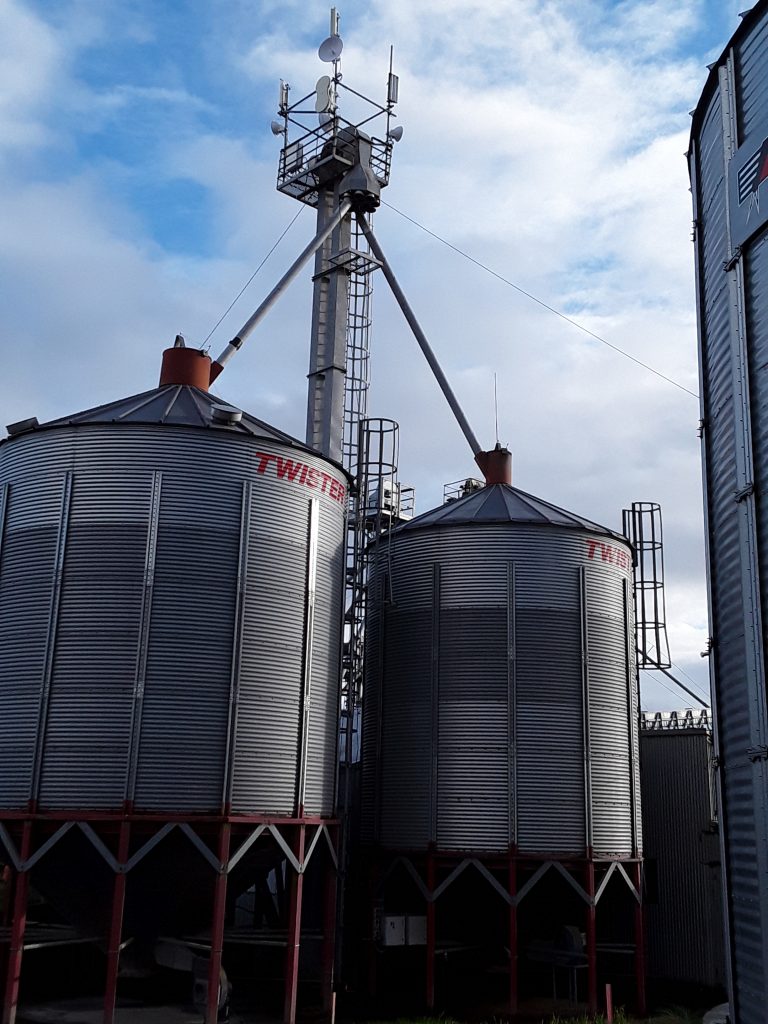
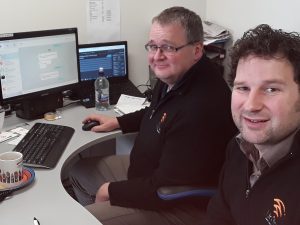
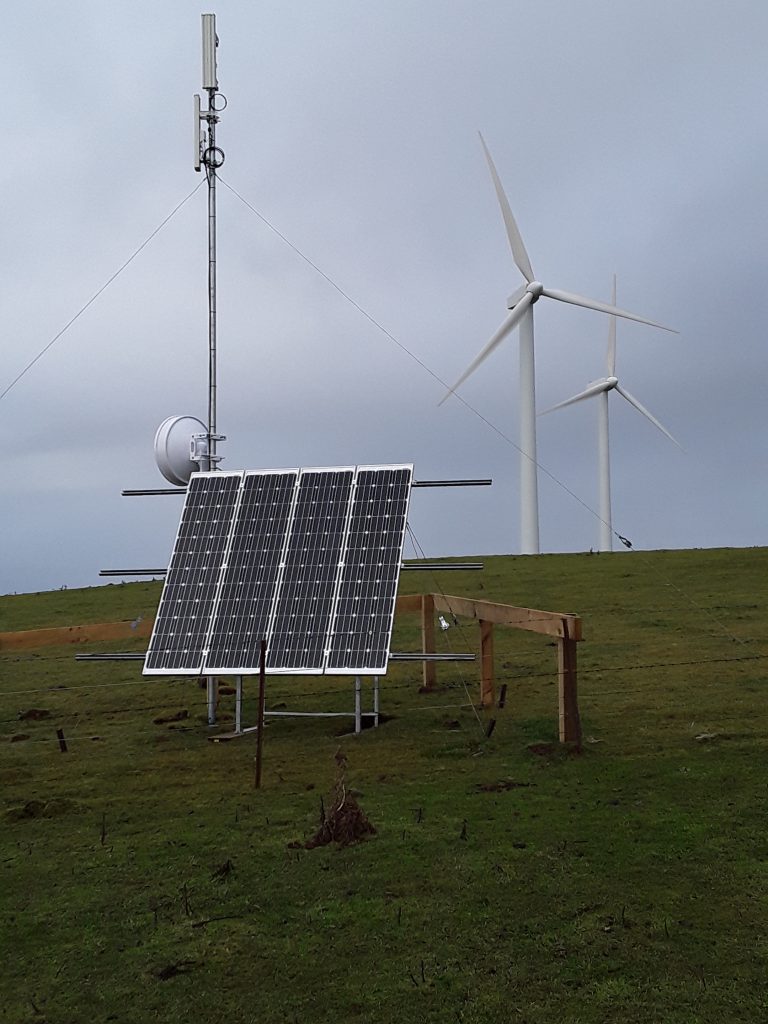

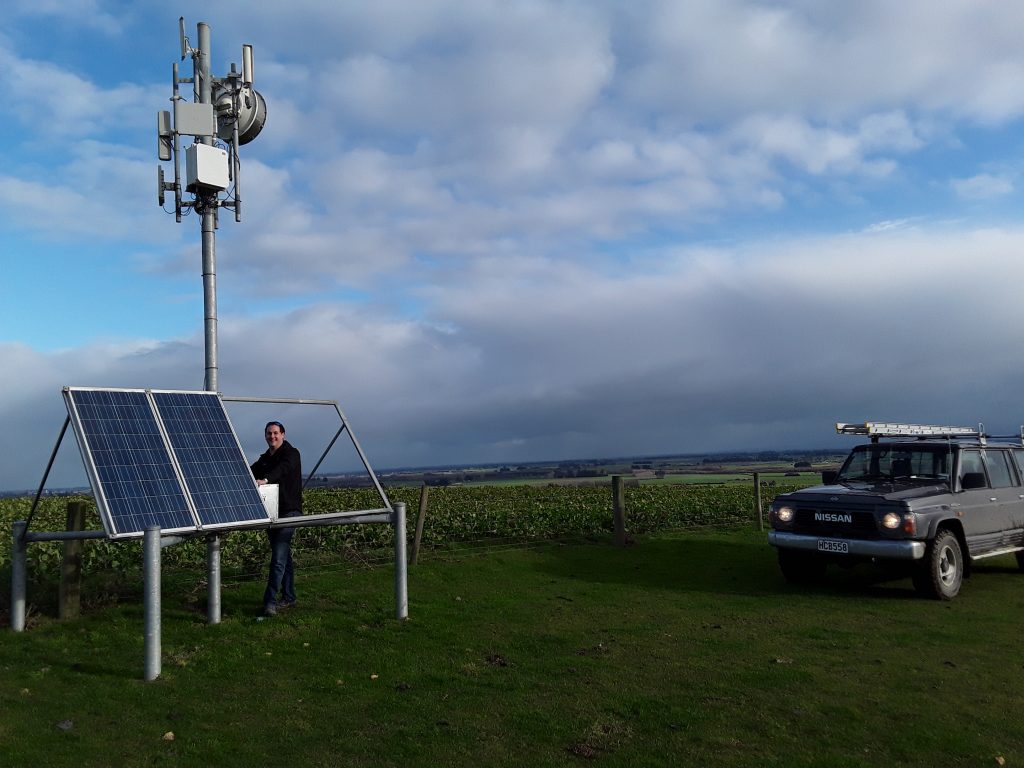
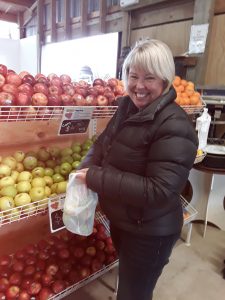
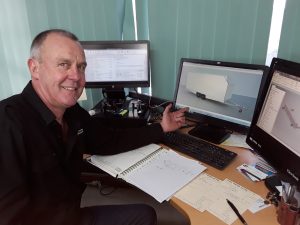
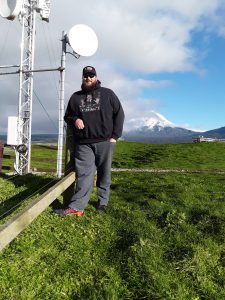 Primo seems to be everywhere in Taranaki. Maybe it’s the utes carrying the distinctive multi-coloured logo, symbolising the fireworks that quite literally marked the start of the business. Maybe it’s the way founder Matthew Harrison, a larger than life personality, stands out in a crowd.
Primo seems to be everywhere in Taranaki. Maybe it’s the utes carrying the distinctive multi-coloured logo, symbolising the fireworks that quite literally marked the start of the business. Maybe it’s the way founder Matthew Harrison, a larger than life personality, stands out in a crowd.